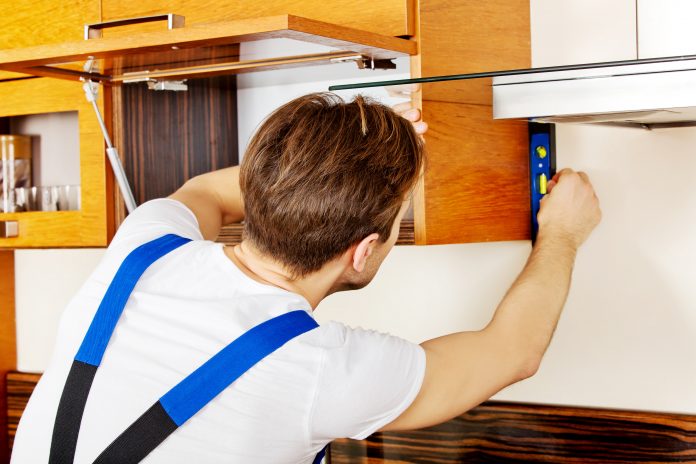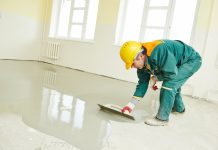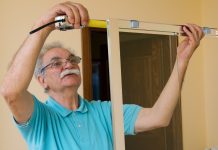Whether you’re renting or buying, your home is one of your biggest investments and one you should constantly maintain to keep it warm and inviting.
However, you don’t need to invite an expensive repairman all of the time. Instead, get creative and bring out the handyman instincts in you with these simple DIY techniques for some of the most recurring home improvement issues today.
Repairing a faulty water heater
It can be really frustrating trying to turn on the hot water in your shower and instead getting drenched with icy, cold water. Like many home appliances, your water heater needs to be regularly checked and well-maintained for optimal capacity.
Water contains suspended sediments, which overtime sinks down to the bottom of the water heater. These particles could cause damage to the floor of the heater.
How should you maintain your water heater? At least, once in a year, drain out the water in your heater, clean the insides of the tank, and replace with new, clean water.
First, switch off the water supply and turn off the power breaker (for electric heaters) or put the thermostat to pilot mode (for gas heaters).
Next, fix a water hose to the drain section at the base of the heater and place the other end of the hose in a place to safely and conveniently drain away hot water- such as your driveway.
Switch on all the taps around the property and turn on the drain tap on the water heater. Turn on the water supply in the home again while the drain tap is still open to flush out all accumulated sediments on the floor of the tank. Finally, close the drain pipe, fill the tank with new clean water and turn the power back on again.
Checking the air conditioner for performance
Air conditioners are often the least regularly checked home appliances, but usually the most expensive home gadget to maintain or repair.
Make it a duty to occasionally check the condensation hose to ensure the water flows undisrupted from the line. If there’s a small water clog where the condensation line seeps out, carve out a drainage channel with a small garden shovel and fill the pathway with gravel to prevent algae and mold from forming. This is important as algae and mold can constitute a health hazard when the pores absorb it into the air conditioner and blows it into your home.
Additionally, keep the screen around the air condition, dust and debris-free to keep the air flowing smoothly and naturally. This will save you cost on energy bills as the conditioner would not have to use up more power than necessary to give the home the right temperature- as well as prevent quick wear and tear to the internal parts.
Replacing a broken bathroom wall tile
First, using a sharp knife, remove the grouting around the broken tile and lift out the loose tile with a putty knife. If it’s a large tile, place a cloth over it and hammer the damaged tile to break it into smaller pieces before removing them.
Scrape off any glue left on the floor or wall and apply fresh glue to paste. Retrieve the right-size tile, hold it in position and press it against the glue.
Then grout around the new tile with clean with a soft, dry cloth. Leave to dry and firm up.



















